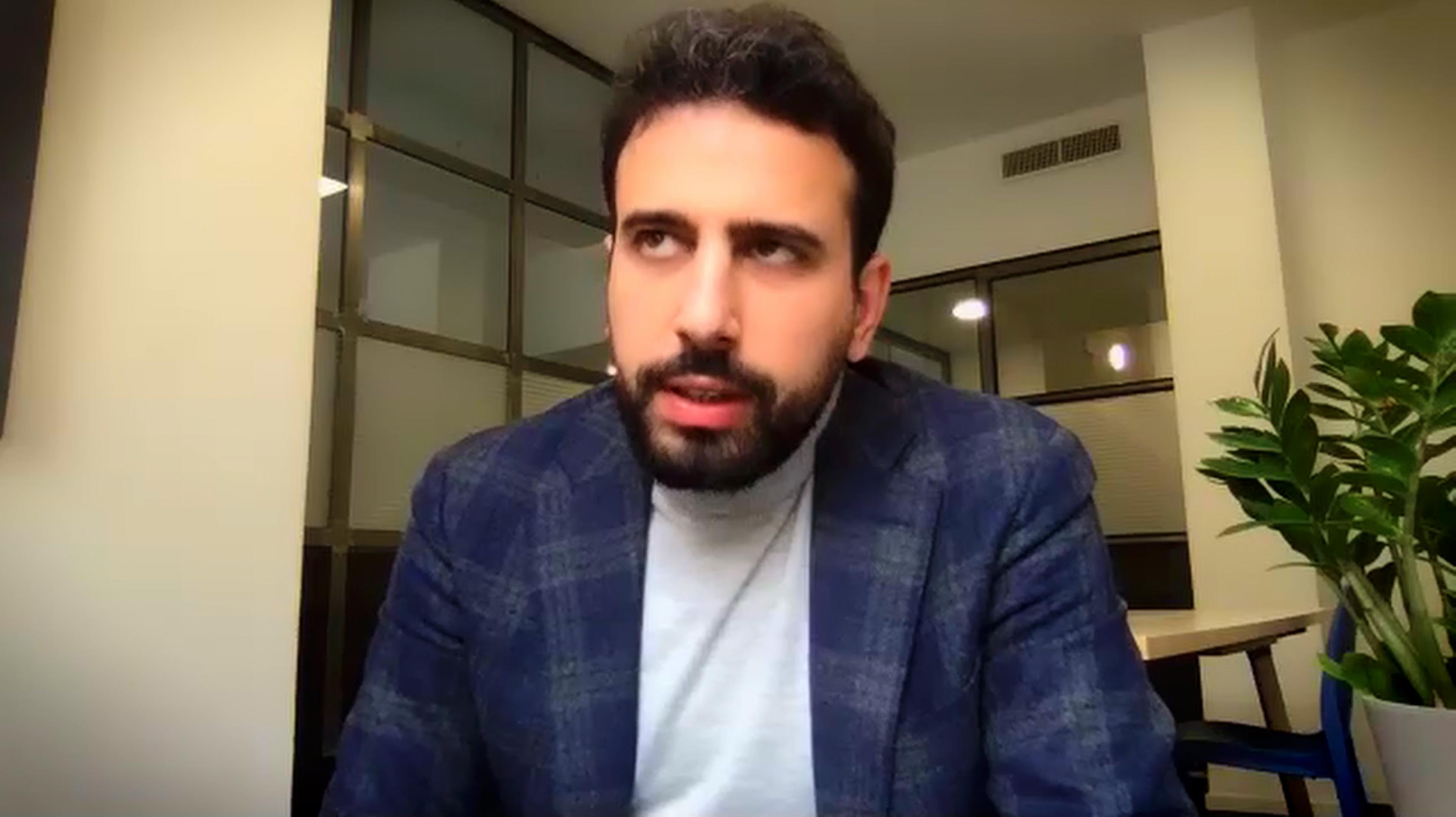
Customer Lifetime Value
Former Head of Growth, N26
inpractise.com/articles/n26-customer-lifetime-value
Why is this interview interesting?
- How to use customer lifetime value in practice and the risks of precise measurement
Matteo Concas
Former Head of Growth, N26
Interview Transcript
In terms of the unit economics, customer acquisition cost and lifetime value, did you have the lifetime value equation at the back of your head? This is how much I can spend on the customer, this is how much I can expect in lifetime value, from each customer?
Yes, even though, of course it was quite a rough number. Again, the lifetime value, you need to put in churn and many other things. When you are at the beginning, what is the churn? You don’t know. It’s always nice to say, yes, very nice lifetime value that I’ve calculated. Easy. Yes, I don’t even have the data, thank you very much. Secondly, we were mainly a fee account. So we were making money by the usage by the people, of the card. Plus, there were some other things that you get here and there. But the majority comes from the usage of the card. We also had to estimate how much it’s going to be used. Is it going to be used more or less, by how many people, the monthly active users, so we could back-solve the equation.
We did have, definitely, a customer acquisition cost target that was for the entire company, that we split into countries, because different countries were at different levels of maturity. We looked at that as the main KPI, to optimize all our costs. That was, basically, sustainable enough for the lifetime value that we, more or less, estimated. Then we reviewed it every six to nine months, that KPI.
Those fees that you were generating from the fee cards that you had, were crucial in just having some kind of anchor in lifetime value or unit economics? If you were purely only the bank account, it would be very hard for you to understand that equation, because you would have no revenue from the usage and, therefore, it would be harder to understand the lifetime value of the customer?
Yes. We made revenue on an annualized basis. We wanted to increase that from certain customers at €10, then going up to €50 and then €100, depending on whether they were premium or not. With that revenue, you can calculate your lifetime value. The thing is, what is the churn and what is the evolution of our activity, monthly active users? That goes by cohorts, so the first ones are very sticky, because they are the super early adopters. It’s a bit of an art exercise, not a science. You also have to just stick to the decision that you stick with customer acquisition cost, on one side, because we believe that it’s sustainable, for us. But on the other side, let’s try to increase the usage, so that we make more revenue from this first year cohort. Then from the second year, we try to be a bit more precise on that. The difference can really be huge.
Copyright Notice
This document may not be reproduced, distributed, or transmitted in any form or by any means including resale of any part, unauthorised distribution to a third party or other electronic methods, without the prior written permission of IP 1 Ltd.
IP 1 Ltd, trading as In Practise (herein referred to as "IP") is a company registered in England and Wales and is not a registered investment advisor or broker-dealer, and is not licensed nor qualified to provide investment advice.
In Practise reserves all copyright, intellectual and other property rights in the Content. The information published in this transcript (“Content”) is for information purposes only and should not be used as the sole basis for making any investment decision. Information provided by IP is to be used as an educational tool and nothing in this Content shall be construed as an offer, recommendation or solicitation regarding any financial product, service or management of investments or securities.
© 2026 IP 1 Ltd. All rights reserved.


